● Double pump system
-structure of double-pump timely four-wheel drive system
This dual-pump timely four-wheel drive system is located in the rear transmission mechanism assembly, which includes a hydraulic device, which is the core of the dual-pump timely four-wheel drive system. In addition, there is a set of traditional mechanisms. This is a four-wheel drive system with pure mechanical structure, so the driver does not need to switch the driving form, and the system can perform specific actions according to the feedback of the wheels.
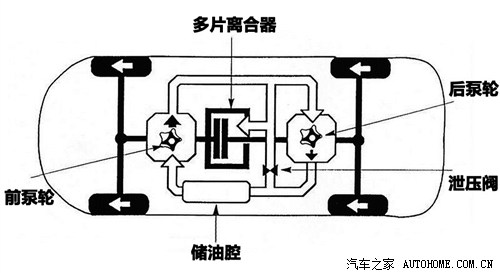
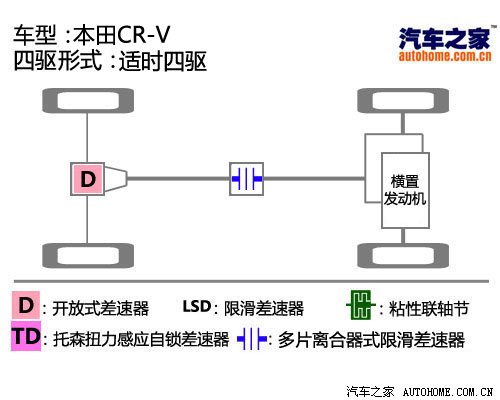
In the schematic diagram, the two adjacent pump wheels are located behind the multi-disc clutch, so its working form is not well understood intuitively. In order to save space, engineers designed the structure of concentric shafts, so they can be more compact in layout. They keep pace with the rotation of the front and rear wheels, that is, the rotation speed of the front and rear wheels can be directly fed back to the two pump wheels, and the rotating pump wheels will stir the hydraulic oil to circulate between the two pump wheels, so as to maintain the pressure between the two pump wheels in a balanced state. At this time, the clutch in the slip-limiting device is disconnected and the vehicle is driven by the front wheels.
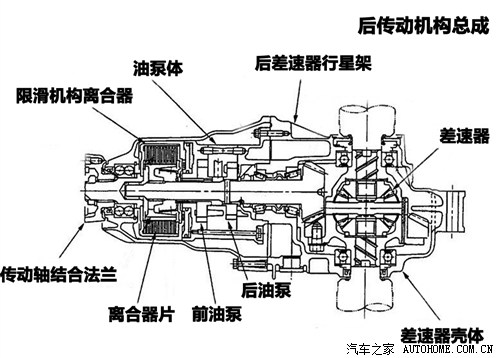
Considering the wear of front and rear tires and the speed difference caused by turning braking, the rear oil pump is 2.5% larger than the front oil pump in terms of displacement. In order to protect it, a thermal switch is installed on the shell. Once the temperature exceeds the normal value range, the thermal switch will bounce off and push the pressure reducing valve to release the pressure of the system.
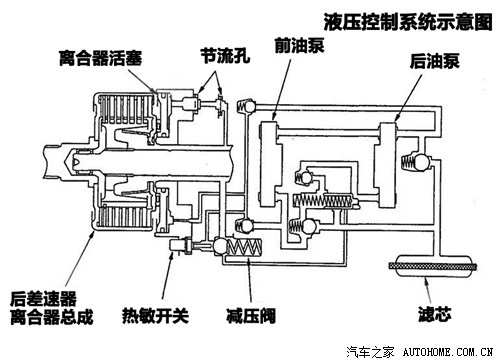
-When braking in an emergency, will it cause the four-wheel drive system to engage?
I don’t know if you have ever thought about this problem. In the process of vehicle emergency braking, due to the uneven distribution of braking force between the front and rear wheels and the function of the wheel anti-lock system, there must be a speed difference between the front and rear wheels. At this time, it is possible to activate the dual-pump four-wheel drive system and complete the rigid connection, which is a hidden danger of excessive loss for the whole four-wheel drive system.
We always like to be alarmist, but logically, it is true. Although there is not enough information at hand to show that engineers have made sufficient preparations in this respect, we still try to think of things on the bright side. The guess is as follows: when the vehicle brakes, the brake switch is closed and a braking signal is sent to the ABS control unit. Almost at the same time, the ABS system sends an electrical signal to the thermal switch to make it bounce off and push the pressure reducing valve. In this way, Even if there is a great speed difference between the two pump wheels, the oil pressure in the slip-limiting mechanism will not be established, so the driving characteristics of the front-wheel drive are maintained during emergency braking.
-under different road conditions, the dual-pump timely four-wheel drive system
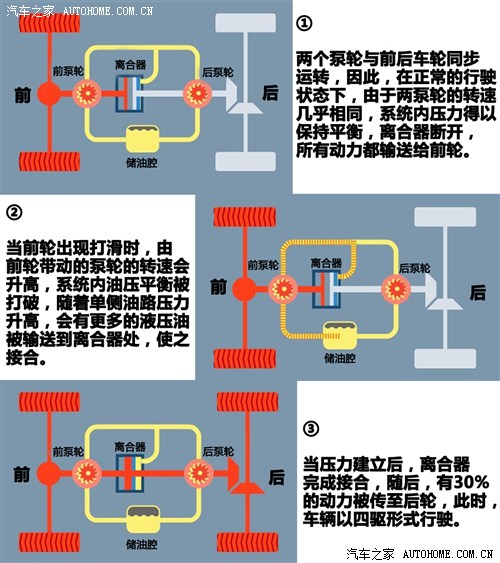
When the front wheel slips on the slippery road surface and the front wheel hangs on one side and idles, the pump wheel driven by the front wheel will get more power, and the oil pressure will also increase with the increase of the pump wheel speed, so the pressure difference will be formed (the four-wheel drive system can be activated when the pressure difference reaches 3%), and the clutch in the slip-limiting mechanism will be compressed, and then the power will be transmitted to the rear wheel. In this process, the cumbersome transmission steps will have a certain impact on its response.
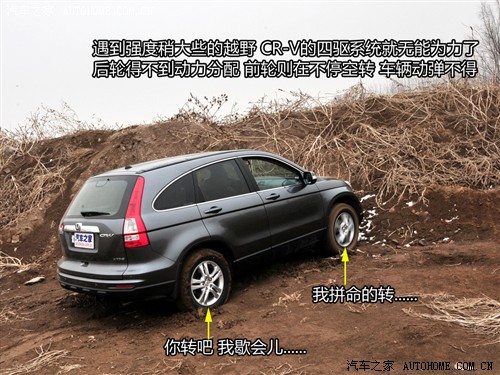 -How to improve the response speed of four-wheel drive system
-How to improve the response speed of four-wheel drive system
In order to improve this shortcoming, engineers added a one-way cam component to the dual-pump timely four-wheel drive system. When the speed difference between the front and rear axles occurs, the ball in the one-way cam will be displaced in the groove under the action of centrifugal force, which will make the one-way cam act, and then push the clutch to press and preload. During this time, the mechanical hydraulic system will continue to work until the pressure that can provide the maximum power for the rear wheel is established.
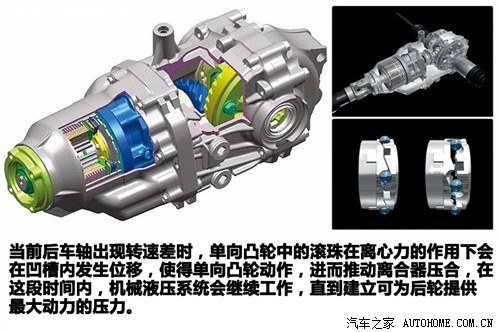
The maximum front-rear distribution ratio is 7:3, which means that even in the "four-wheel drive mode", it is basically driven by the front wheel, and the rear wheel can only get 30% of the power. According to our previous tests on this car, the dirt road in the wild is close to its limit. As for off-road, this is really not what it is good at.
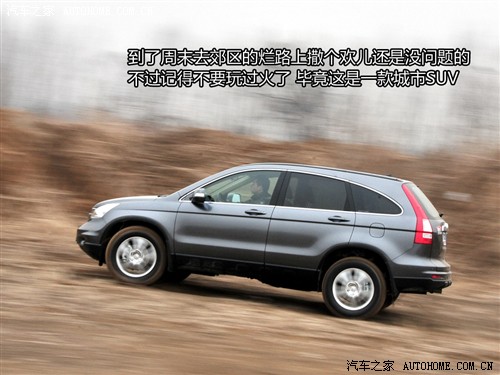
● Summary:
Although the structure is different from the viscous coupling mentioned above, according to our test, the dual-pump timely four-wheel drive system is not much better, and the more mainstream electromagnetic hydraulic slip-limiting mechanism may be more suitable for the market needs in all aspects. However, at this stage, the overseas version of R-V is the first to assemble it, which may surprise us when the fourth generation of CR-V is redesigned. Before it comes, it is no harm to learn about it first.
关于作者